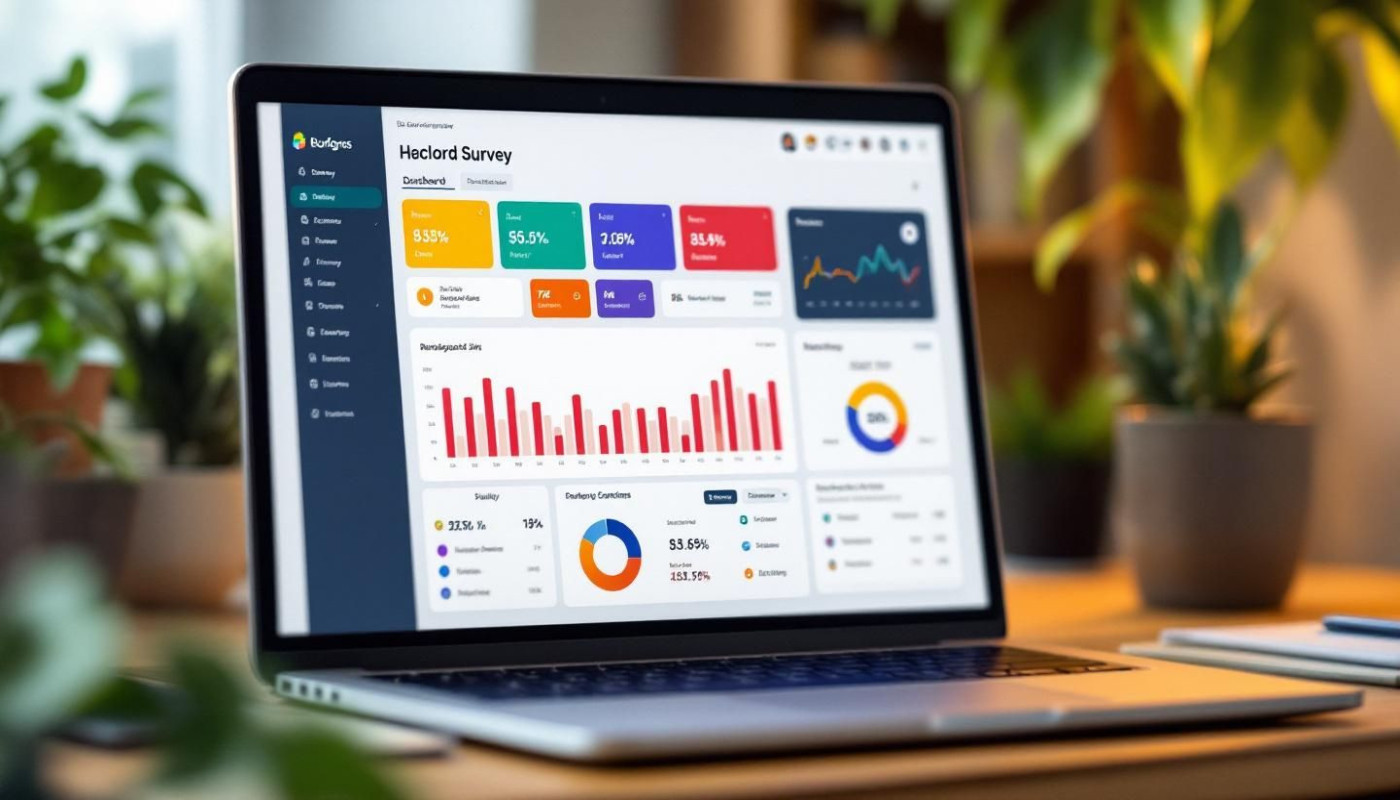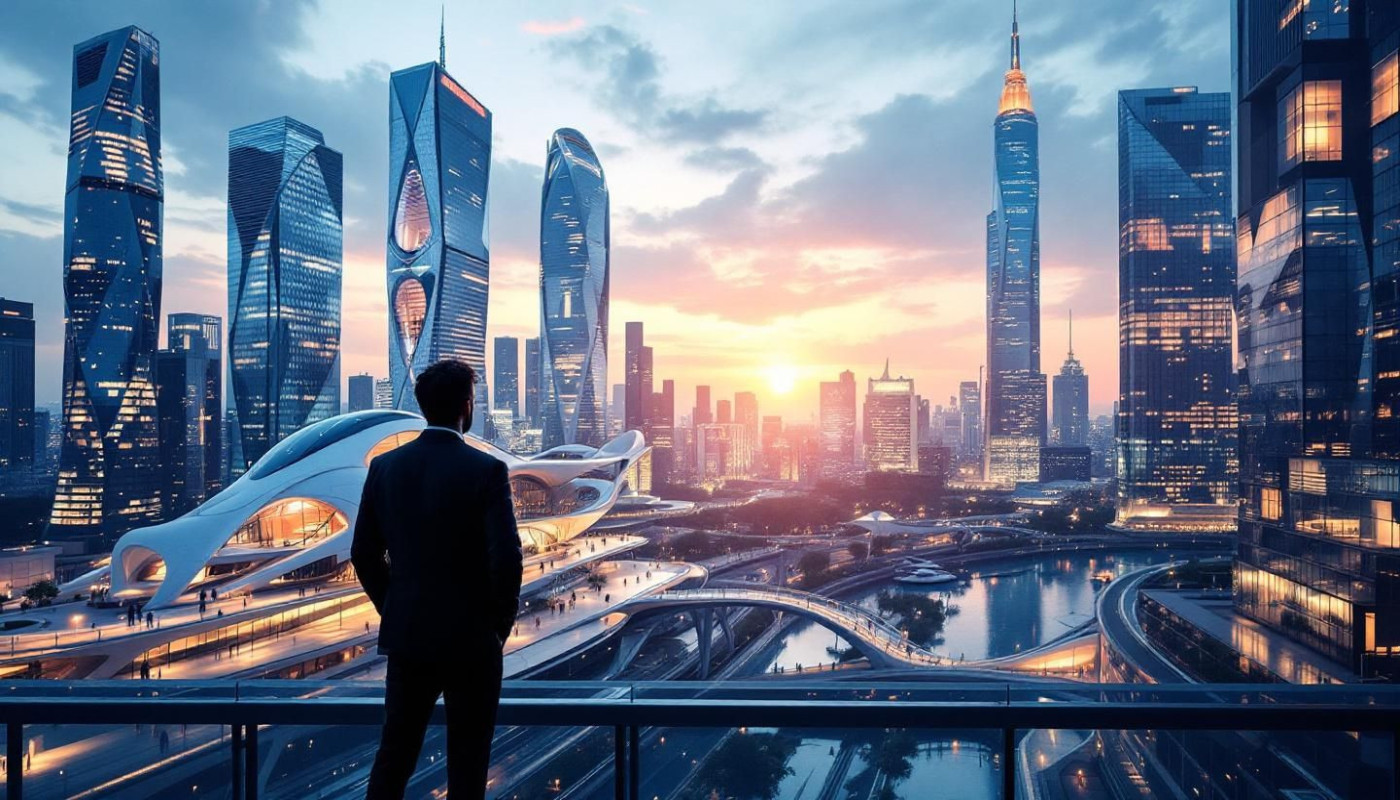Table of contents
Explore the fascinating journey of property development as it transforms in response to technological advances, changing lifestyles, and global trends. This article unveils how urban landscapes have been reshaped and what it means for communities and investors alike. Dive into the key factors driving this evolution and find out what the future may hold for this dynamic sector.
Urbanization and new land use
Rapid urbanization has significantly transformed property development, compelling cities to adopt innovative approaches to land use. As populations surge and space becomes scarce, high-density housing solutions and mixed-use development projects have gained prominence, replacing the traditional trend of suburban sprawl. Urban planners are now focusing on creating environments that integrate residential, commercial, and recreational spaces within compact footprints, optimizing every square meter through carefully crafted zoning regulations. These policies ensure that land use is balanced and adaptable to shifting community needs. Integrating green spaces has also become a priority, providing urban residents with natural areas that enhance wellbeing and environmental sustainability. For an insightful exploration of evolving land management strategies and new urban concepts, visit homepage.
Technology transforming construction
Innovative advances in construction technology are reshaping property development, making the process faster, smarter, and more sustainable. Among the most transformative tools is Building Information Modeling, which enables precise digital planning, coordination, and visualization throughout a building’s lifecycle. This technology not only minimizes design conflicts but also streamlines workflows, reducing costly errors and delays. Alongside BIM, modular construction is gaining prevalence, utilizing prefabrication to assemble building components off-site before transporting them for rapid installation. This approach significantly boosts efficiency, curtails waste, and ensures consistent quality, aligning closely with sustainable development goals. The integration of smart buildings further elevates performance by embedding intelligent systems for energy management, security, and occupant comfort, enhancing both operational efficiency and long-term value. Together, these advancements illustrate how property development is embracing cutting-edge solutions to address environmental concerns and meet modern demands for speed, flexibility, and sustainability.
Sustainability at the core
Sustainable property development now shapes every stage of the real estate process, embedding environmental considerations from the initial site selection through to the finest details of design and operation. The adoption of green building standards—exemplified by the rigorous requirements of LEED certification—ensures that projects not only minimize environmental impact but also offer improved long-term value for both investors and communities. Energy efficiency has become a cornerstone, with developers integrating advanced insulation, smart HVAC systems, and renewable energy sources to cut operational costs and reduce carbon footprints. The rise of net-zero buildings, where energy consumption is balanced by on-site generation or renewable credits, demonstrates a radical shift towards climate-positive construction. Eco-friendly construction practices now extend to the careful sourcing of low-impact materials and the implementation of water-saving technologies. In urban environments, planners are prioritizing walkable layouts, green spaces, and multimodal transportation options to support healthier, more resilient cities. Through these combined efforts, sustainable property development is no longer a niche trend, but a defining feature of modern real estate that addresses both present needs and future challenges.
Changing lifestyles and demands
Modern property development adapts rapidly to shifting consumer expectations, prioritizing the creation of amenity-rich developments that cater to contemporary living. The surge in remote workspaces within homes and shared environments reflects a growing need for flexibility, pushing developers to design properties with adaptable, multi-use areas that accommodate both professional and personal life. Wellness amenities, such as dedicated fitness zones, meditation rooms, and outdoor green spaces, continue to gain traction, responding to heightened awareness around health and well-being. Flexible layouts allow residents to customize spaces according to their evolving needs, while smart home features seamlessly integrate technology, giving occupants enhanced control over security, lighting, energy use, and entertainment. The interplay between these priorities is transforming not only the physical structure of new properties but also the overall experience, resulting in living environments that anticipate and support diverse, modern lifestyles.
Globalization and the investment landscape
Globalization has dramatically transformed the property development sector, driving an unprecedented increase in cross-border development and altering the dynamics of property investment. With enhanced connectivity between international real estate markets, foreign direct investment flows have surged, allowing capital from diverse regions to shape urban landscapes worldwide. Market integration has enabled investors and developers to access new opportunities, diversify portfolios, and adopt innovative international design trends, leading to the emergence of globally influenced architectural styles. At the same time, this interconnectedness has heightened exposure to geopolitical risks, exchange rate fluctuations, and varied regulatory frameworks, demanding sophisticated risk management strategies. Navigating the complexities of cross-border investment requires a nuanced understanding of legal systems, tax codes, and compliance standards, as inconsistent regulations across jurisdictions can present significant challenges. The evolution of globalization in property development showcases how the blending of markets reshapes both the opportunities and risks faced by stakeholders in contemporary international real estate.
On the same subject






